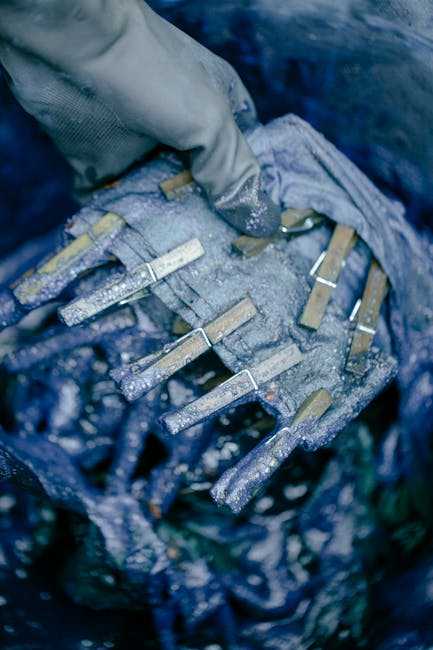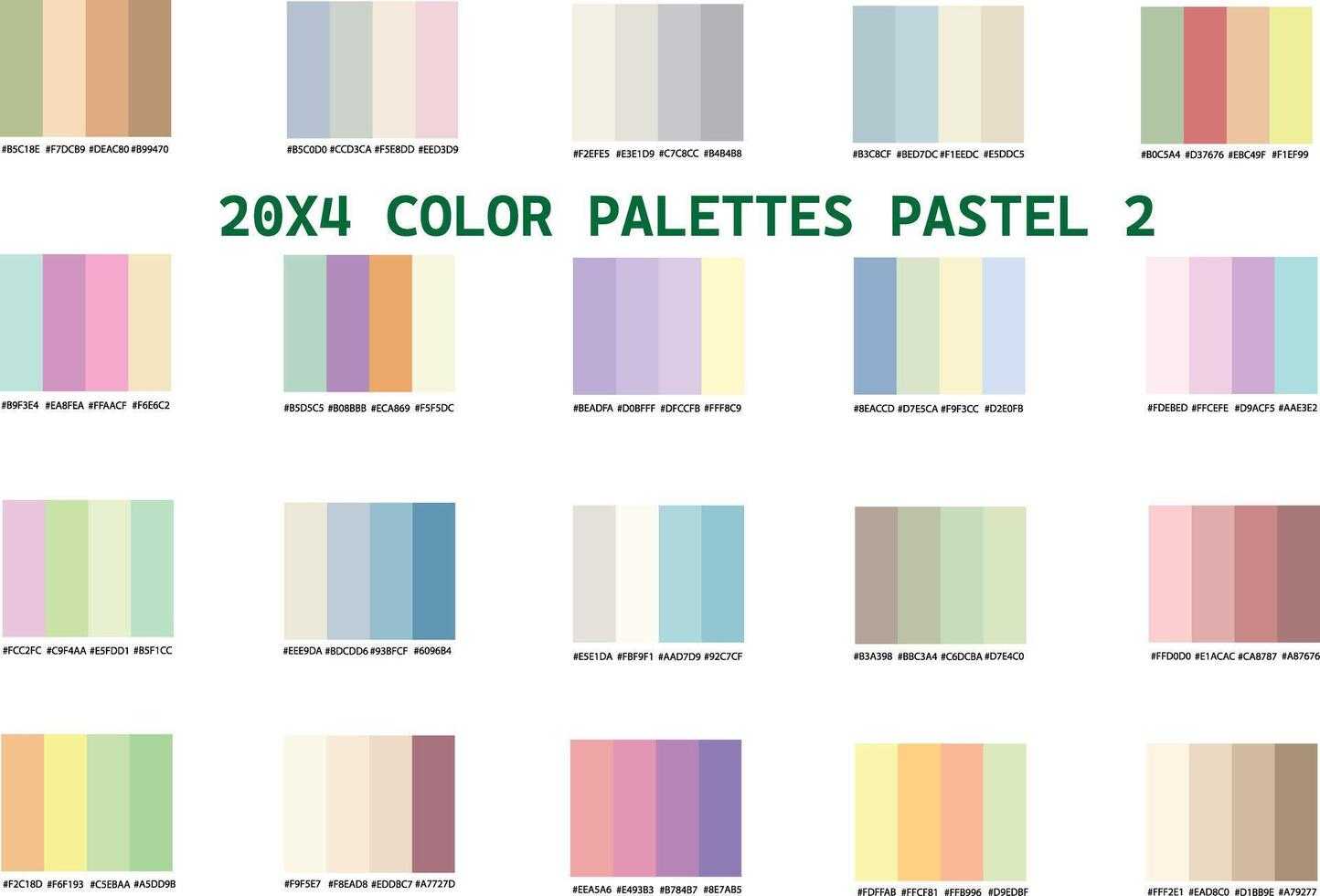Table of Contents
- Exploring the Essence of Emotion in Abstract Art
- Techniques to Unleash Your Creativity through Abstract Painting
- Choosing the Right Color Palette for Your Abstract Masterpieces
- The Role of Composition in Enhancing Abstract Artistry
- Q&A
- In Conclusion


Exploring the Essence of Emotion in Abstract Art
Abstract art serves as a profound canvas for the emotions that often elude verbal expression. Each stroke, splash, and swirl conveys feelings that are sometimes too complex to articulate. By removing the constraints of representational forms, artists invite viewers to engage in a personal dialogue with the artwork, provoking introspection and emotional resonance. Exploring the fabric of raw emotion in these pieces can reveal nuances that transcend traditional artistic boundaries.
The beauty of abstract expression lies in its subjectivity; what one sees may differ dramatically from another’s interpretation. This variability invites a rich exploration of perspectives. Some may perceive chaos in a whirlwind of colors, while others may find serenity in gentle gradients. This emotional spectrum illustrates how abstract art communicates through color theory, composition, and texture rather than explicit imagery. Key elements that evoke emotion include:
- Color: Different hues can elicit specific feelings; blues and greens may evoke calm, while reds and yellows can inspire energy and passion.
- Form: Irregular shapes can generate feelings of unease or instability, while balanced forms convey harmony.
- Texture: The tactile quality of the paint can create an emotional connection; rough textures may inspire agitation, whereas smooth surfaces can instill comfort.
As viewers delve deeper into these emotion-laden landscapes, they often find that the absence of defined subjects liberates their imagination. This exploratory nature encourages interaction between the art and the observer, inviting individual narratives that significantly enrich the experience. In many ways, abstract art becomes a mirror reflecting personal emotions, facilitating a connection that is both intimate and universal.


Techniques to Unleash Your Creativity through Abstract Painting
Embracing non-representational forms is one of the most liberating techniques in abstract painting. By stepping away from traditional boundaries of form and color, you open yourself to a world of possibilities. Utilize tools such as palette knives, brushes, or even your fingers to explore texture and movement on the canvas. This tactile approach encourages spontaneity, allowing your emotions to guide the strokes without the constraints of conventional subject matter.
Another powerful way to ignite your creative spirit is through the use of color theory. Experiment with color combinations that evoke strong emotional responses. Create a color wheel to help visualize complementary, analogous, or triadic harmonies. Composition can drastically change the mood of your piece. Here are some ideas to inspire your palette:
| Color Pairing | Emotion Evoked |
|---|---|
| Blue and Orange | Calmness vs. Energy |
| Red and Green | Passion vs. Growth |
| Purple and Yellow | Luxury vs. Joy |
Incorporating mixed media can also expand your creative horizons. Combine various materials such as charcoal, acrylics, collage elements, or even found objects. This layering technique adds depth and intrigue to your work. Consider how different textures play off each other; the ruggedness of a piece of sandpaper against the smoothness of paint can create dynamic contrasts. As you explore mixed media, remember to let go of perfection—embracing imperfections often leads to unexpected beauty.
Lastly, establishing a creative ritual before you paint can set the tone for inspiration. This could involve playing your favorite music, meditating, or even lighting scented candles to create an ambiance conducive to creative thought. Setting intentions, such as focusing on a particular theme or mood, helps channel your energy harmoniously into your work. Whatever your ritual may be, it acts as a springboard for your imagination, encouraging a flow state where ideas can flourish and evolve on the canvas.


Choosing the Right Color Palette for Your Abstract Masterpieces
Selecting a color palette is a fundamental step in bringing life to your abstract artwork. Each hue you choose carries its own emotional weight and visual impact. To create a harmonious composition, it’s essential to consider how colors interact with one another. Familiarize yourself with the basics of color theory; complementary colors can create tension and vibrancy, while analogous colors offer a sense of calm and unity. Think about the mood you want to evoke and let that guide your selections.
Experimentation is key when it comes to deciding on a color palette. Don’t be afraid to play with different combinations. A great way to start is by exploring the following methods:
- Monochromatic schemes: Use variations of a single color.
- Contrasting palettes: Combine colors from opposite sides of the color wheel.
- Triadic combinations: Pick three colors evenly spaced around the wheel for a vibrant effect.
- Custom palettes: Draw inspiration from nature, fashion, or even urban scenes.
As you narrow down your choices, consider the psychological effects of colors. For example:
| Color | Emotional Response | Use Case |
|---|---|---|
| Red | Passion & Energy | Dynamic focal points |
| Blue | Calm & Serenity | Soothing backgrounds |
| Yellow | Joy & Optimism | Highlighting elements |
Lastly, trust your intuition. Every artist has a unique voice that reflects their personal experiences and emotions. Your color palette should feel authentic to you, so let it evolve as you create. Experimentation and a bit of boldness can lead to unexpected and captivating results. Don’t hesitate to revisit and revise your choices: the beauty of abstract art lies in its fluidity and the journey of discovery it offers.
The Role of Composition in Enhancing Abstract Artistry
The essence of abstract artistry often lies in its composition, a crucial element that serves as the backbone of a painting. While representational art relies heavily on the depiction of recognizable forms, abstract art invites viewers to engage with the interplay of color, form, and space. A well-composed abstract piece can evoke a myriad of emotions, stimulating the viewer’s imagination and fostering a deeper connection with the artwork. The arrangement of shapes, lines, and colors creates a visual language that communicates feelings and ideas, often beyond the confines of words.
In abstract paintings, the balance between elements is paramount. Artists can achieve this through various means, such as:
- Symmetry vs. Asymmetry: Striking a balance through deliberate placement, whether harmonious or contrasting.
- Color Harmony: Choosing a palette that creates a cohesive or dynamic interplay.
- Spatial Depth: Utilizing layers and transparency to add dimension and intrigue.
This balance acts as an invitation for viewers to explore the artwork in their own way, allowing personal interpretations to blossom.
Moreover, the rhythm established within a piece can significantly enhance its impact. Just as music flows with a beat, abstract art can convey movement through repetitive forms or contrasting elements that draw the eye. Artists often leverage techniques such as:
- Repetition: Incorporating similar shapes or patterns to create visual tempo.
- Contrasting elements: Juxtaposing colors or sizes to evoke tension and energy.
- Leading Lines: Using lines to guide the viewer’s gaze across the canvas.
This rhythmic quality can transform a static image into a pathway of discovery, compelling the viewer to engage with the work on multiple levels.
Lastly, proportion plays an indispensable role in shaping the viewer’s experience. The size and scale of individual elements can create a striking visual impact or foster intimacy. Artists often apply proportion in two key ways:
- Foreground vs. Background: Emphasizing subjects by manipulating their scale relative to the canvas space.
- Element Ratio: Creating tension or harmony through the size differences between shapes and forms.
By thoughtfully considering how these elements interact, artists not only craft compelling visual narratives but also encourage viewers to forge personal connections with the abstract message conveyed through their work.
